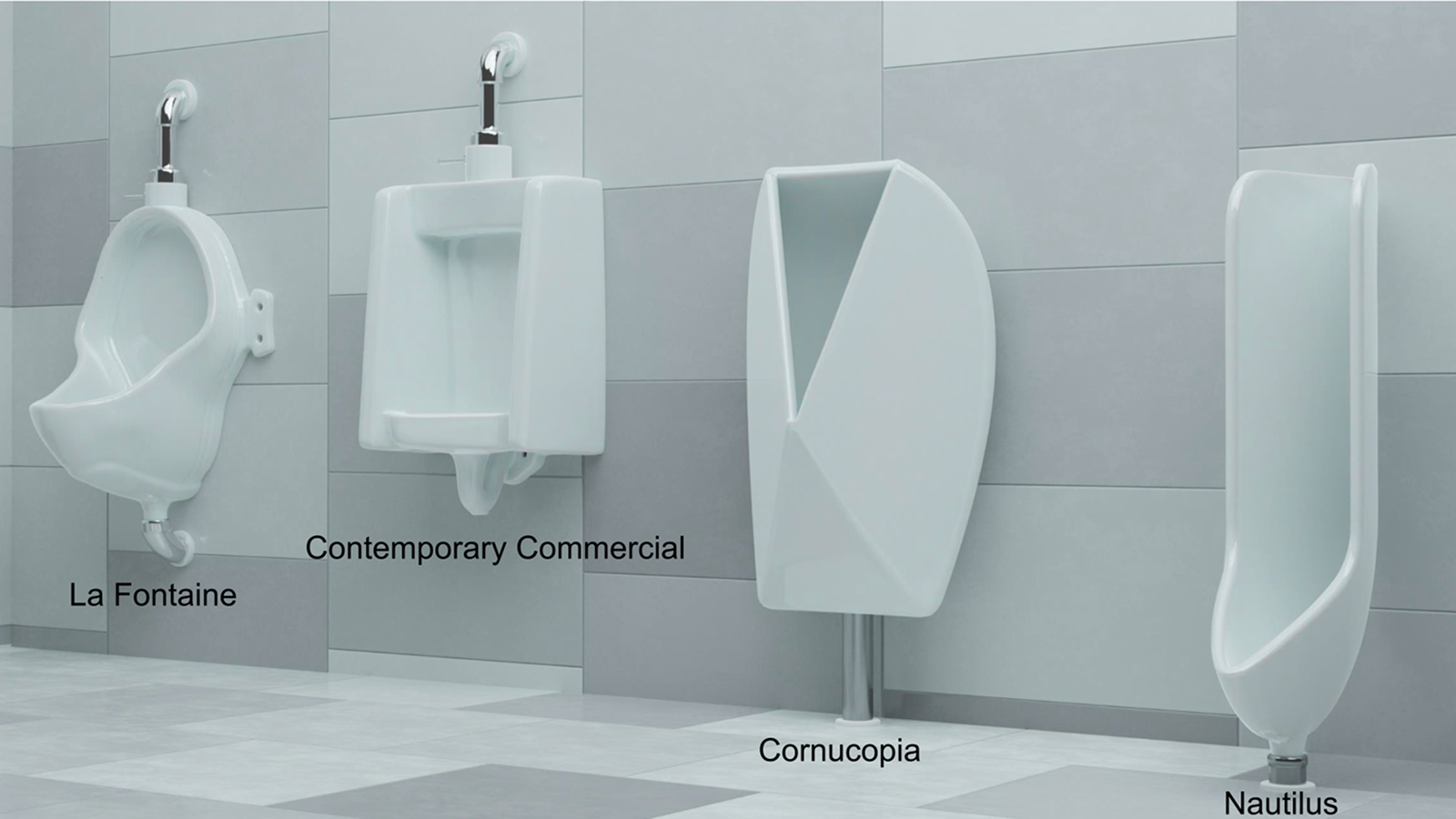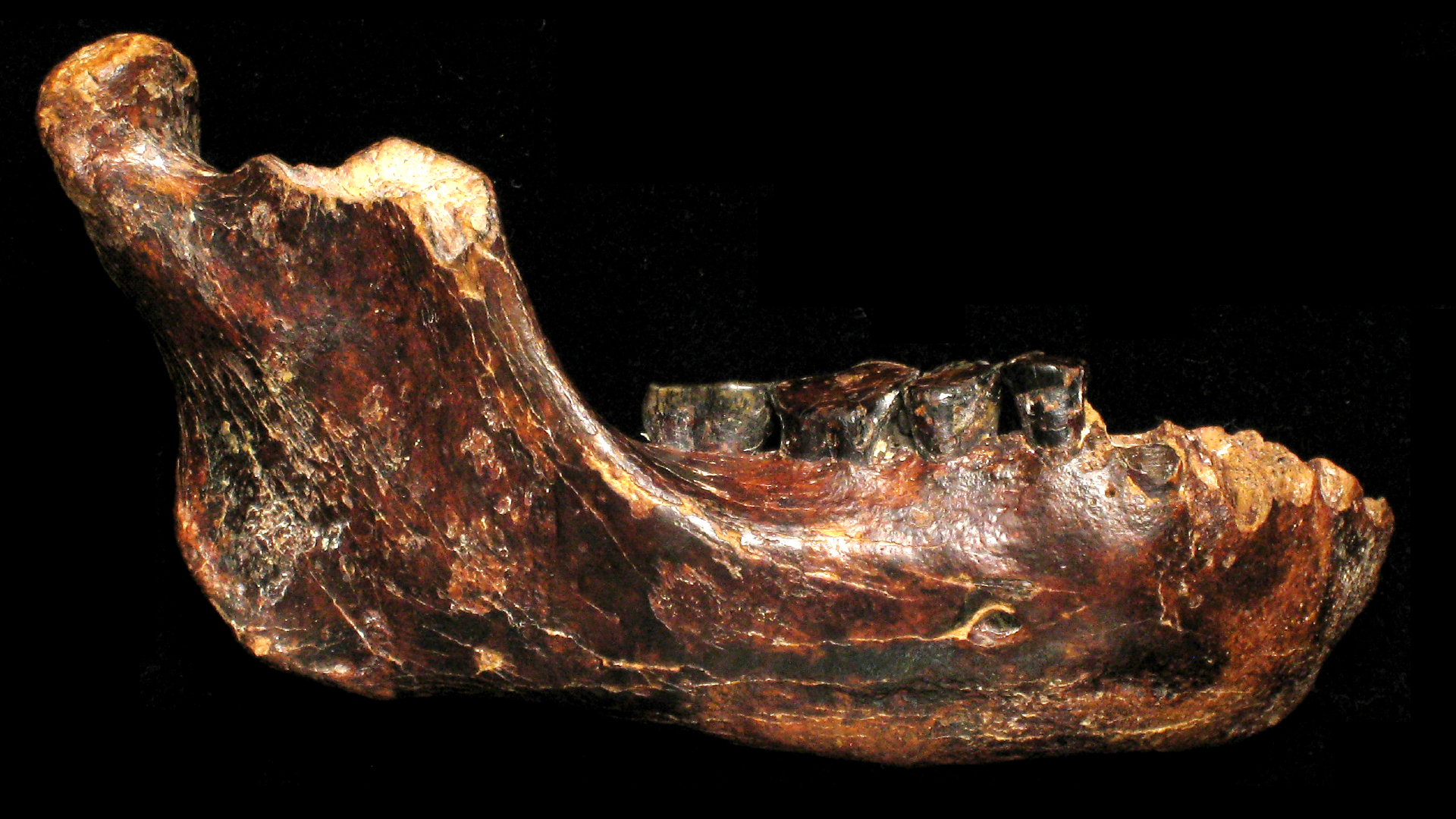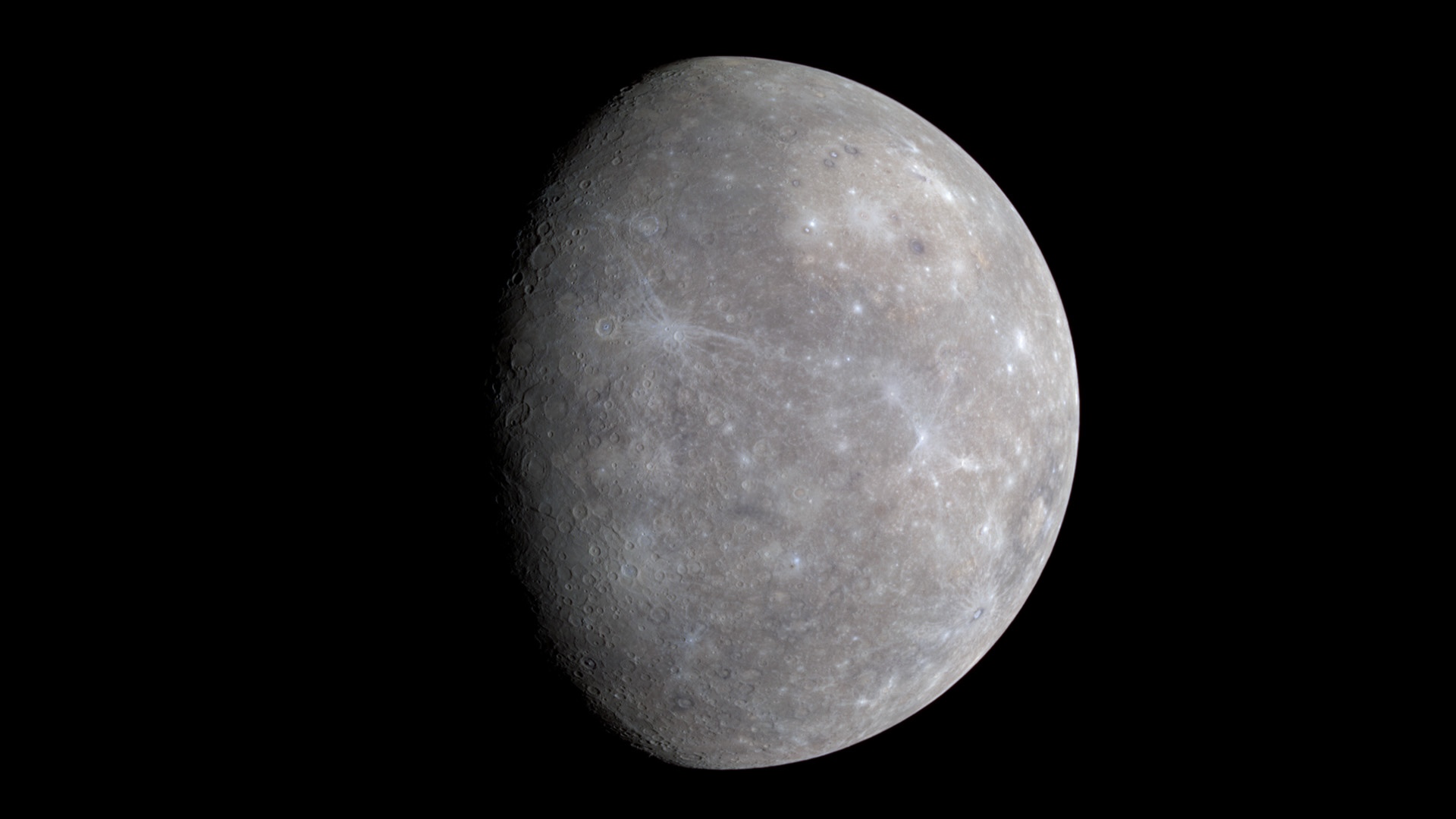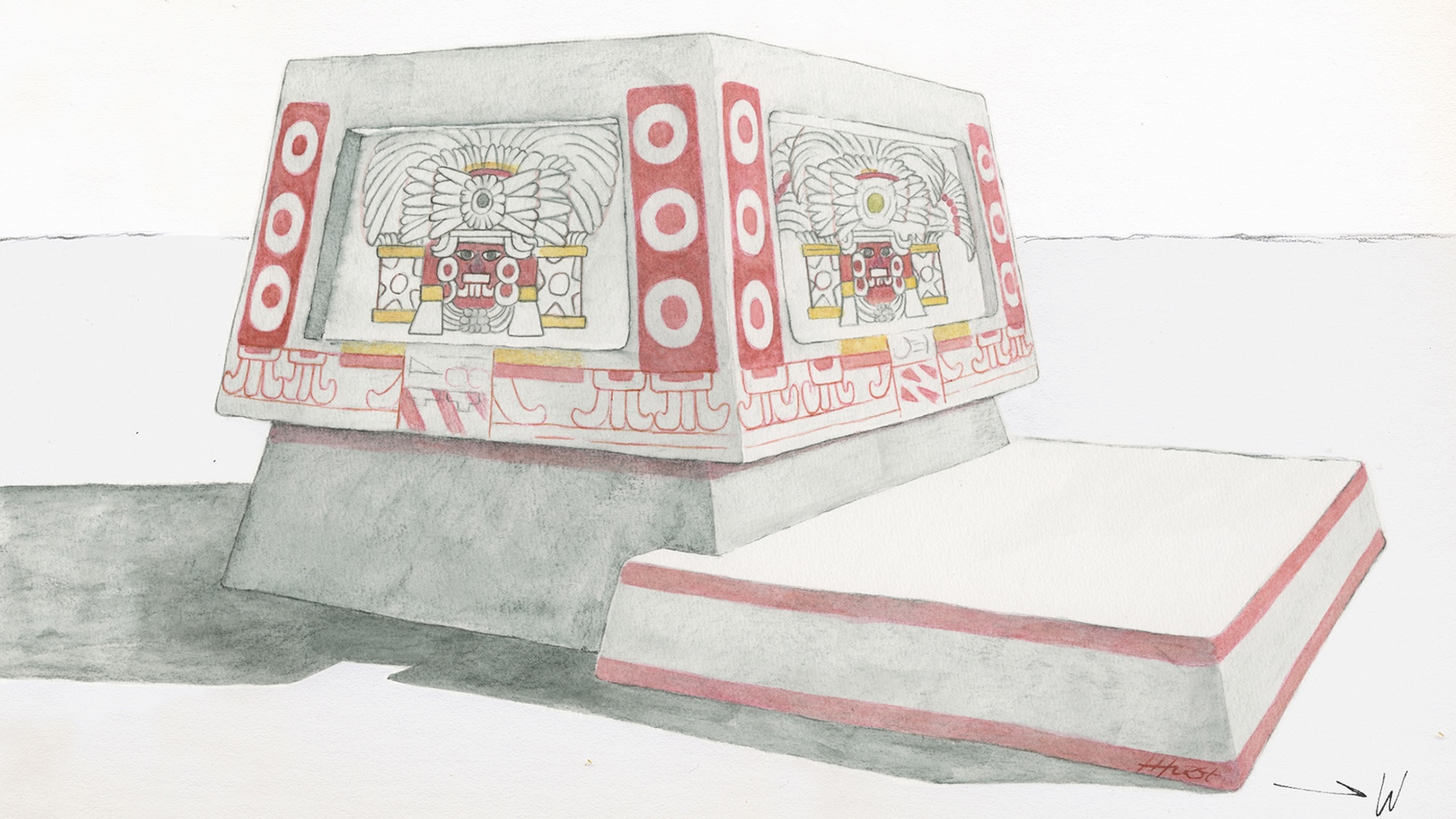Quantum simulation breakthrough will lead to 'discoveries impossible in today's fastest supercomputers,' Google scientists claim
By combining digital and analog quantum simulation into a new hybrid approach, scientists have already started to make fresh scientific discoveries using quantum computers.
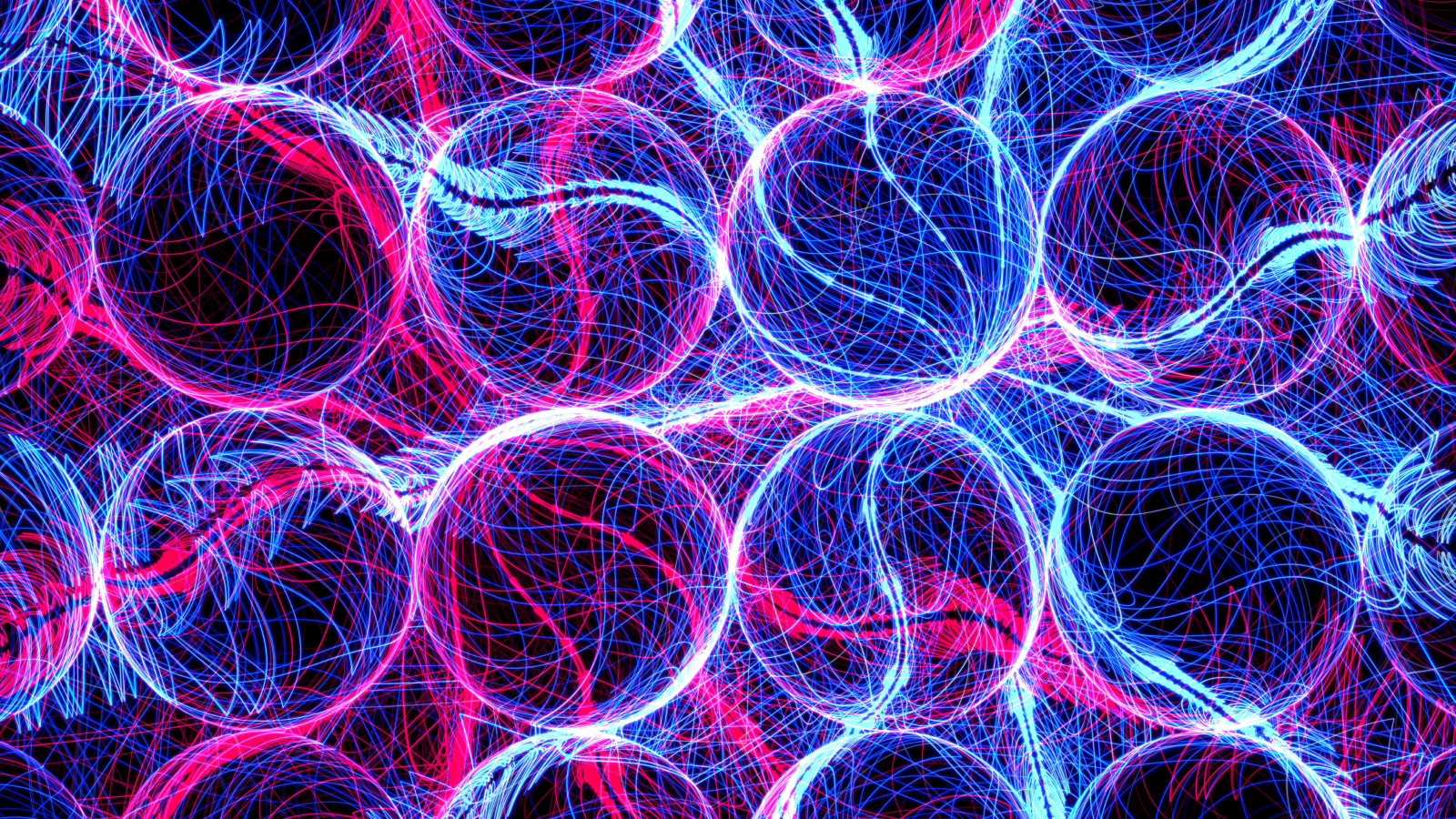
Scientists at Google have revealed a new method of "quantum simulation" that uses computing power to mimic the behavior of a powerful quantum system. This approach, they argue, could lead to quantum computers that can overtake supercomputers within five years and lead to breakthroughs in drug discovery and battery development.
Quantum simulation is a process in which computers simulate physical processes and large quantum systems, such as complex molecules. Essentially, engineers simulate physical processes that are dominated by the effects of quantum physics.
But this is difficult to do with classical computers because you have to model every particle's interaction with every other particle. Because subatomic particles have a probability of being in multiple states at once and can be entangled with each other, the complexity of these calculations skyrockets quickly as you scale the number of particles involved.
Instead, scientists are turning to quantum computers, whose behavior is already governed by the laws of quantum mechanics, to solve the problems. Because quantum physics is built into the way these systems work. If the qubits are entangled or linked together the right way, they can mimic bigger quantum systems without having to explicitly calculate every step in the evolution of the system.
That is where "quantum simulation" comes into play. There are two types of quantum simulation. Digital simulation lets researchers selectively pivot between quantum states by entangling and disentangling different qubit pairings (two entangled qubits) in series. Analog simulation, meanwhile, is much faster. This involves entangling all the qubits across a system at once — but since qubits can be error-prone, this raises the risk that the output of the simulation becomes meaningless noise.
The new approach to quantum simulation, outlined Feb. 5 in a study published in the journal Nature, takes advantage of both these options by blending digital and analog simulations into a single, multi-staged approach.
Sign up for the Live Science daily newsletter now
Get the world’s most fascinating discoveries delivered straight to your inbox.
Simulation theory
This "hybrid" approach begins with a digital simulation layer, where scientists use the flexibility of the system to prepare the initial quantum states of each qubit pair— choosing the most pertinent position to start from. Next, the process switches to analog simulation, which can evolve toward the specific quantum states the scientists want to study.
Finally, the process switches back to a digital simulation to fine-tune and probe the quantum states to solve the most interesting problems in the physics being simulated.
The new research means that quantum computers will likely outperform conventional supercomputers in practical settings within the next five years, Hartmut Neven, the founder and lead of Google Quantum AI, said in an emailed statement. The time estimates vary greatly, with some suggesting this may be as far away as 20 years or achievable in the next couple.
Scientists have already demonstrated that Google's quantum computing chips, including Sycamore and the newly released Willow, can outperform the most powerful supercomputers — but so far only in benchmarking. To achieve supremacy in a practical scenario, the scientists said they must make further improvements in calibration and control accuracy, as well as improving the hardware. They also need to identify problems that both can be solved by quantum simulation and are too complex to address using classical computers.
However, the new hybrid research enables today's quantum computers to boost the capabilities of the fastest supercomputers. And this hybrid approach is already being harnessed to make new scientific discoveries, which the Google scientists achieved in testing their new approach. For example, in the behavior of magnets, the Google scientists addressed questions on how a magnet behaves when it's cooled to extremely low temperatures, and how energy flows from a hot to a cold part.
The hybrid approach was also used to show that the Kibble-Zurek mechanism (KZM) — a widely regarded model that predicts where defects form in a material — did not always hold true. Instead, the new hybrid simulation revealed entirely new physics. This is an example of the kind of discoveries that the hybrid approach quantum simulation can address, the scientists said.
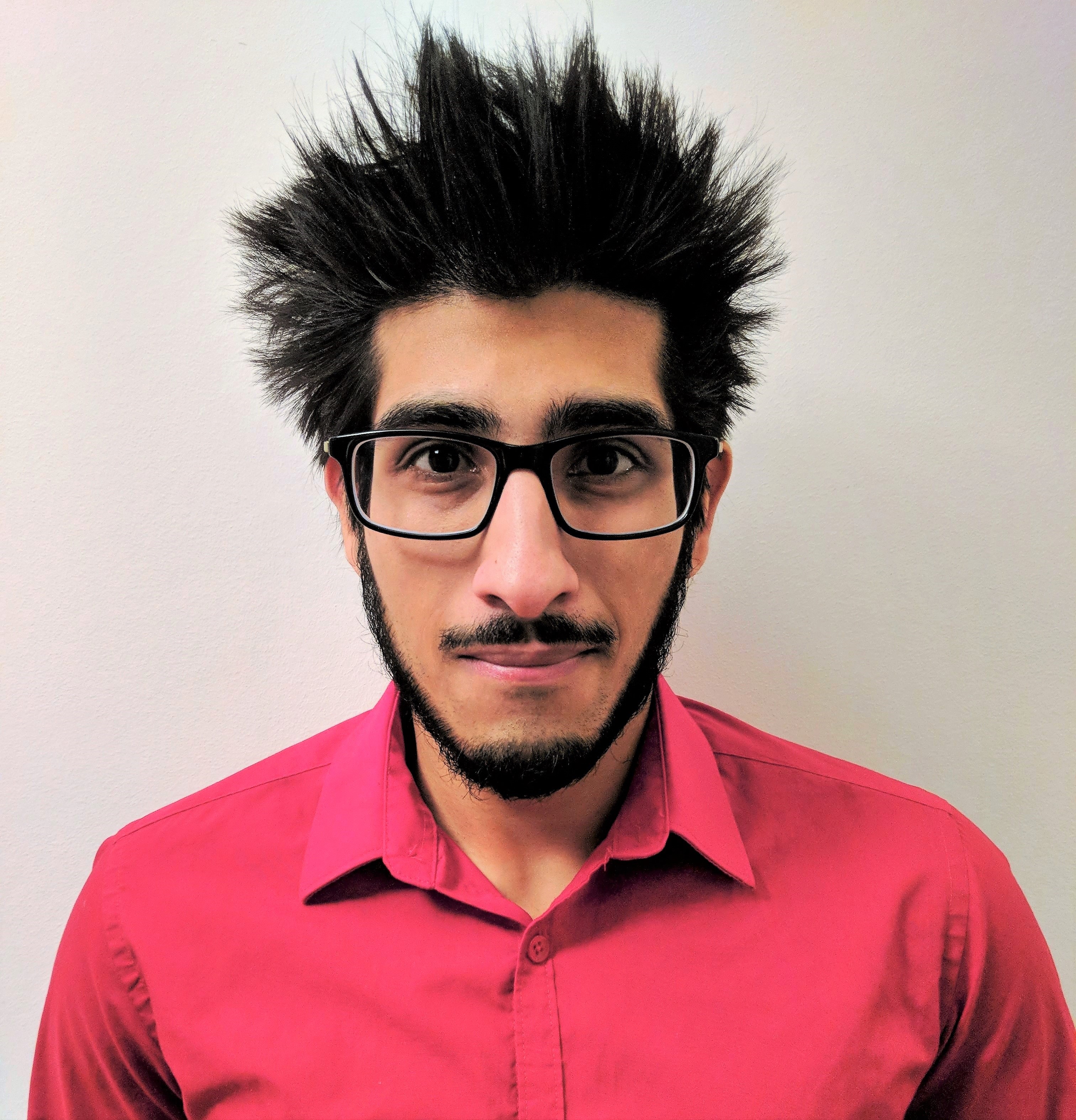
Keumars is the technology editor at Live Science. He has written for a variety of publications including ITPro, The Week Digital, ComputerActive, The Independent, The Observer, Metro and TechRadar Pro. He has worked as a technology journalist for more than five years, having previously held the role of features editor with ITPro. He is an NCTJ-qualified journalist and has a degree in biomedical sciences from Queen Mary, University of London. He's also registered as a foundational chartered manager with the Chartered Management Institute (CMI), having qualified as a Level 3 Team leader with distinction in 2023.
You must confirm your public display name before commenting
Please logout and then login again, you will then be prompted to enter your display name.



